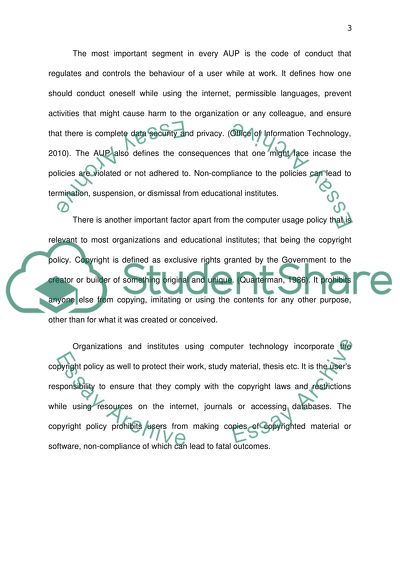Cite this document
(“Computer Use and Copyright Policies and Regulations Research Paper”, n.d.)
Computer Use and Copyright Policies and Regulations Research Paper. Retrieved from https://studentshare.org/education/1431582-computer-use-and-copyright-policies-and
Computer Use and Copyright Policies and Regulations Research Paper. Retrieved from https://studentshare.org/education/1431582-computer-use-and-copyright-policies-and
(Computer Use and Copyright Policies and Regulations Research Paper)
Computer Use and Copyright Policies and Regulations Research Paper. https://studentshare.org/education/1431582-computer-use-and-copyright-policies-and.
Computer Use and Copyright Policies and Regulations Research Paper. https://studentshare.org/education/1431582-computer-use-and-copyright-policies-and.
“Computer Use and Copyright Policies and Regulations Research Paper”, n.d. https://studentshare.org/education/1431582-computer-use-and-copyright-policies-and.


